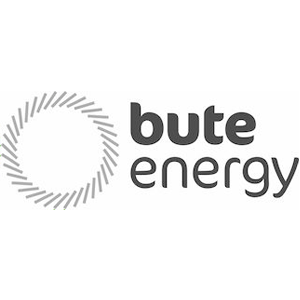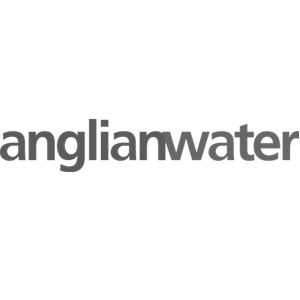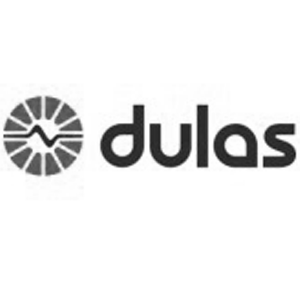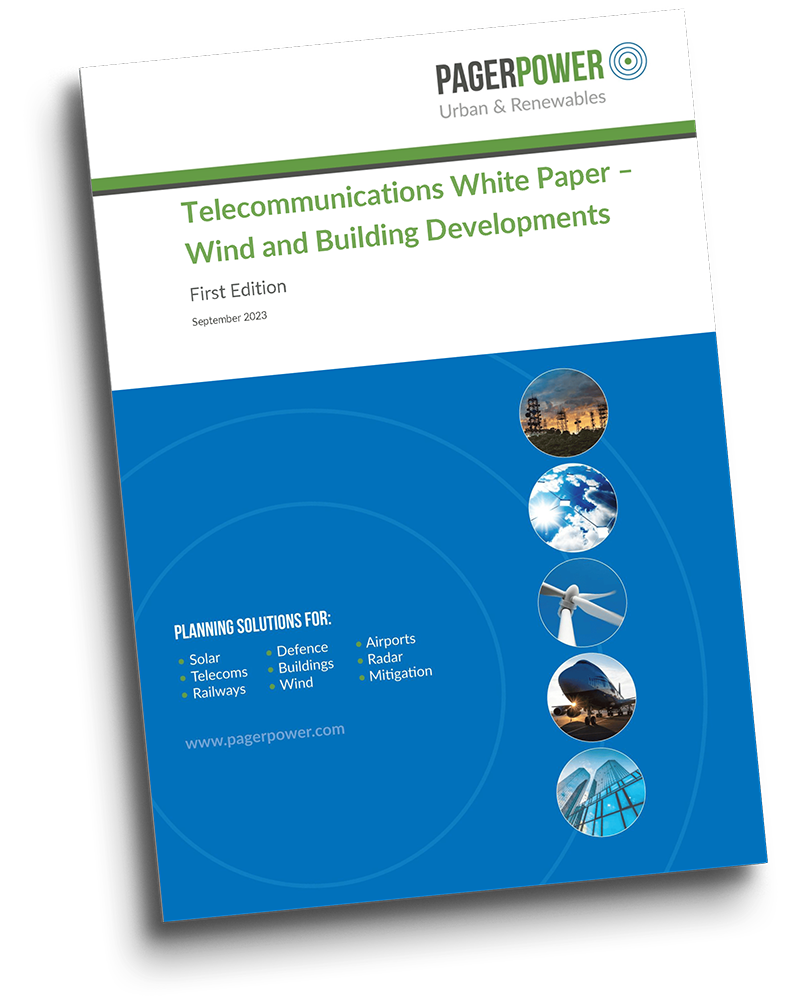Nationally Significant Infrastructure Project (NSIP) – Solar
Solar NSIPs are decided at the highest level of government and face higher scrutiny than smaller projects. It is vital that your project is supported by technical experts who know the process inside and out.
How NSIPs Differ from Standard Planning Applications
Unlike standard planning applications, which are determined by local planning authorities, NSIPs are examined by the Planning Inspectorate (PINS), with the final decision made by the Secretary of State for Energy Security and Net Zero.
This means projects of scale face greater national scrutiny and require evidence that can withstand examination and hearings.
Why Glint and Glare Matters for NSIPs
For NSIP scale solar projects, glint and glare is a key planning issue. The Planning Inspectorate and statutory consultees expect robust evidence that reflections will not affect:
- Aviation safety and operations
- Road and railway safety and operations
- Residential amenity
Pager Power ensures your assessments are clear, defensible, and aligned with NSIP requirements and the expectations of PINS, helping avoid costly delays and objections.
How We Support NSIPs
Pager Power has delivered glint and glare assessments for 18 solar NSIP projects across the UK and Ireland. Our support can include:
Scoping, PEIR, and EIAR input – receptor identification and technical reporting.
Follow-up surveys and visibility analysis where additional scrutiny is required.
Early mitigation advice, including layout optimisation where screening isn’t possible.
Electromagnetic Field (EMF) Assessments
Alongside glint and glare, Pager Power has delivered EMF assessments for multiple NSIP solar projects. These ensure compliance with international exposure guidelines and reassure stakeholders that developments are safe, compatible, and well managed.
Our NSIP Experience
Pager Power has delivered assessments for 18 NSIP solar projects. Examples include:
- Cleve Hill Solar Park – England’s first solar NSIP
- Longfield Solar Farm – Essex, 500 MW
- Mallard Pass Solar Project – Lincolnshire/Rutland, 350 MW
- Sunnica Energy Farm – Suffolk/Cambridgeshire, 500 MW
- Botley West Solar Farm – Oxfordshire, 840 MW
Explore more projects on the Planning Inspectorate’s NSIP register.
Why Choose Pager Power?
- Proven NSIP track record – 18 solar NSIP projects to date
- Trusted by PINS and consultees – reports withstand scrutiny at examination
- Independent and objective – evidence developers and stakeholders can rely on
- Glint & glare and EMF expertise – covering critical NSIP technical issues
- Outcome-focused – helping you secure consent with minimal project disruption
Contact us today to discuss how we can support your NSIP solar project.



We have always found it very easy to work with Pager Power
Pager Power undertake Radar and Aviation assessments for our wind turbine developments – particularly civil and MoD radar issues. We have always found it very easy to work with Pager Power, they always deliver what they say they will deliver on time. The assessments and advice are always spot on and have allowed us to progress projects with confidence, knowing that we will be able to deal with potential technical challenges should they arise. We have learned to trust and respect their advice and they are our go-to consultants for this type of work.
Guy HopwoodPrincipal Environmental Consultant, ADAS
Pager Power has helped us obtain planning permission across the UK
We first appointed Pager Power in 2004 to assess a number of wind farms in North East England resulting in objections being withdrawn by Newcastle Airport. The company has successfully helped us resolve NATS, Royal Airforce, telecommunications and minor airfield issues. Pager Power provides advice and technical analysis, are easy to talk to and deliver reports on time. Pager Power has helped us obtain planning permission across the UK including a range of onshore wind farms in North East England and Central Scotland.
Tony ScorerHead of Onshore Wind Development, EDF Energy
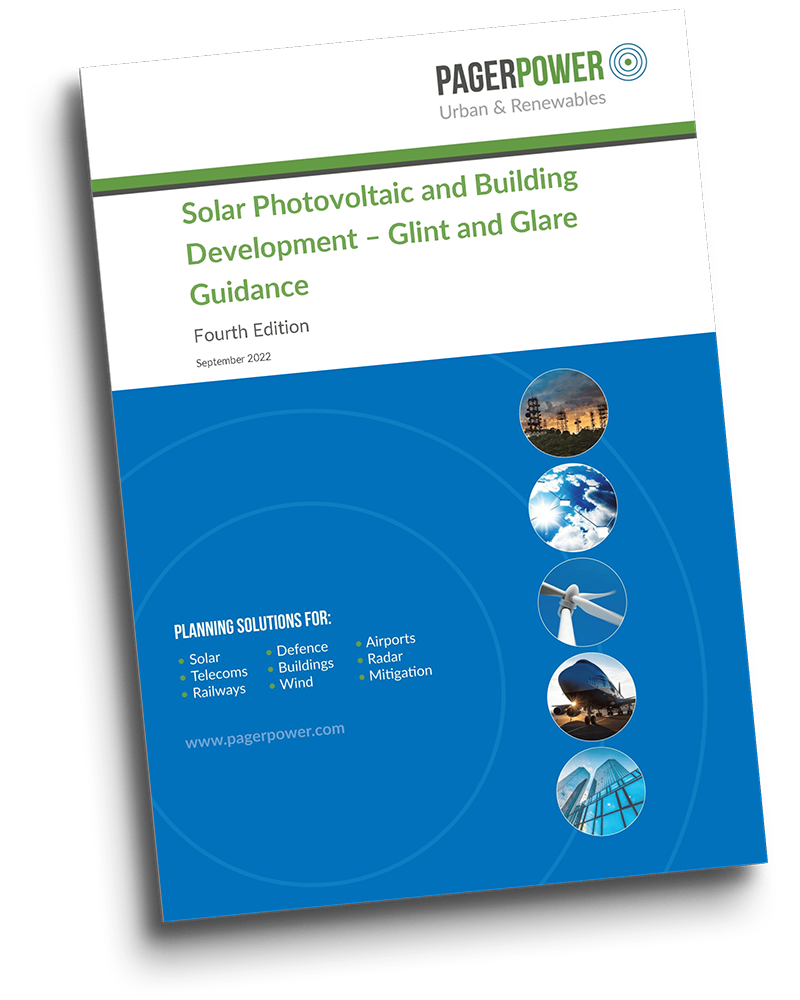
Free Guidance:
Understand the basics of Glint And Glare and the methodology behind the assessment
Download the industry standard assessment methodology, defined from over 10 years’ experience and more than 1,700 assessments. The guide covers the process for assessing roads, dwellings, rail and aviation activity.
Sign up for our industry newsletter and receive the 4ᵗʰ edition of our Glint and Glare guidance today. Just fill out the form below and we’ll send it to you directly.







